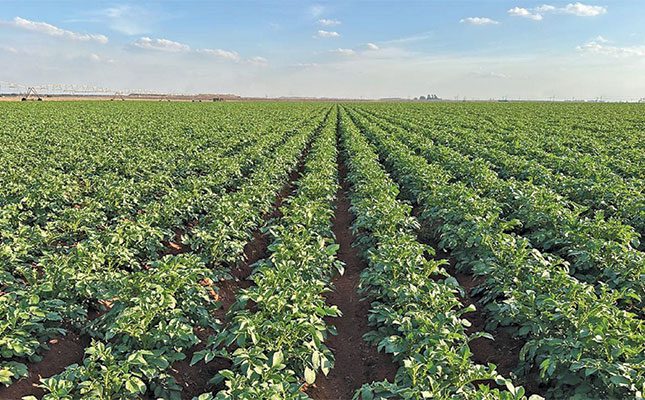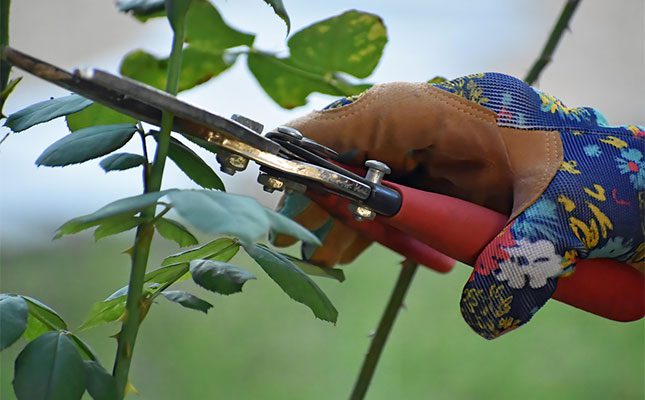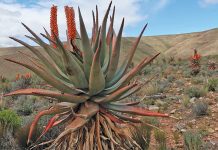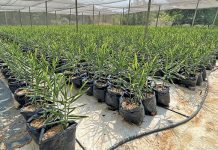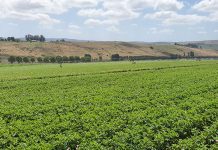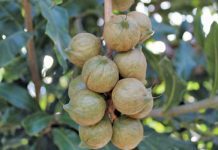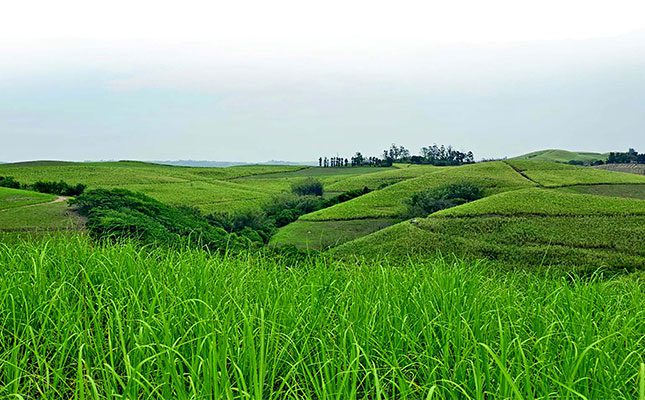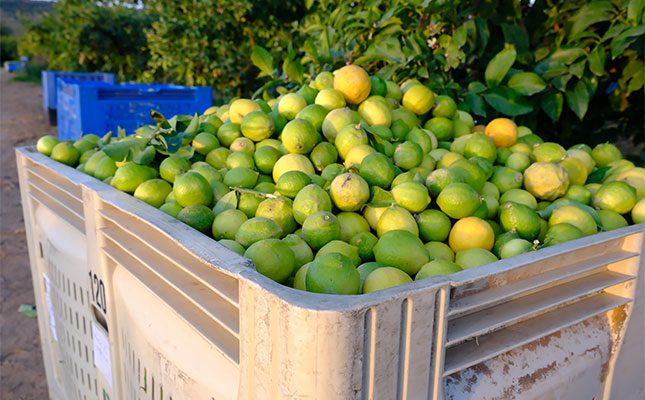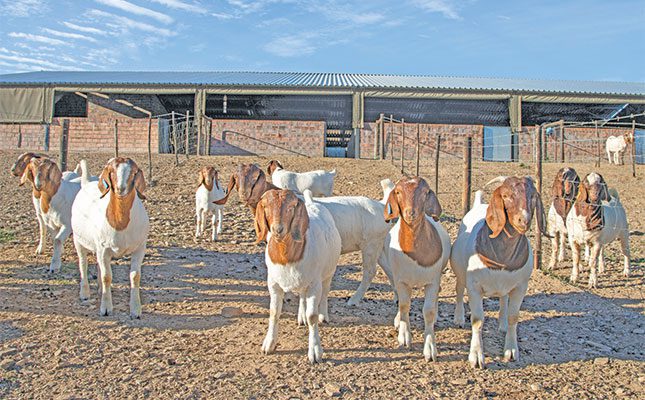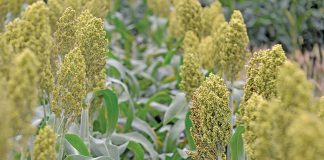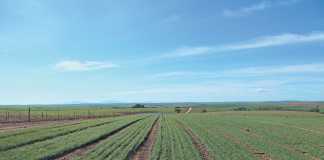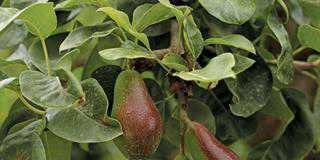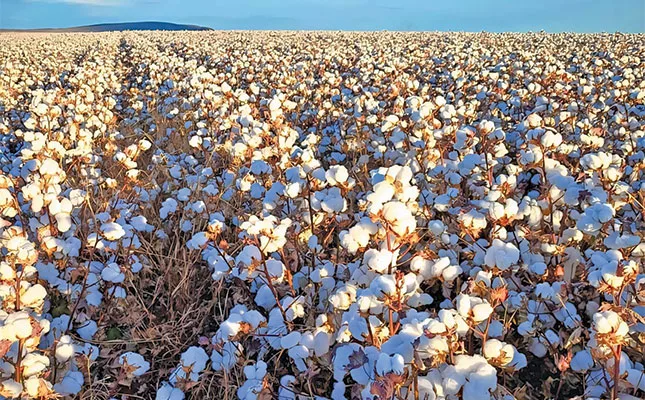
Photo: Supplied
Johan Maree loves to farm cotton. His journey with cotton began when he joined the family farm in the 1990s and wanted to experiment with the crop. His father gave him a small piece of land to do with as he pleased.
“That year, I planted 13ha to cotton,” he says.
Today, he is co-owner of Wilkot Boerdery near Marydale in the Northern Cape, a farm with one of the biggest ginneries in the region.
Maree’s vision to farm cotton took flight when his father was impressed with his first cotton harvest.
“The first cotton land was under a flood irrigation system, and it worked well.”
He then gave Maree 80ha to plant cotton and invested in a picker.
“Picking cotton by hand is too labour-intensive,” he adds. When his father saw first hand the profitability of cotton, he was sold on the idea, and Maree committed to learn more about it.
During this process, he discovered that cotton is a great crop to include in a rotation system, and he now plants it in rotation with maize and soya bean.
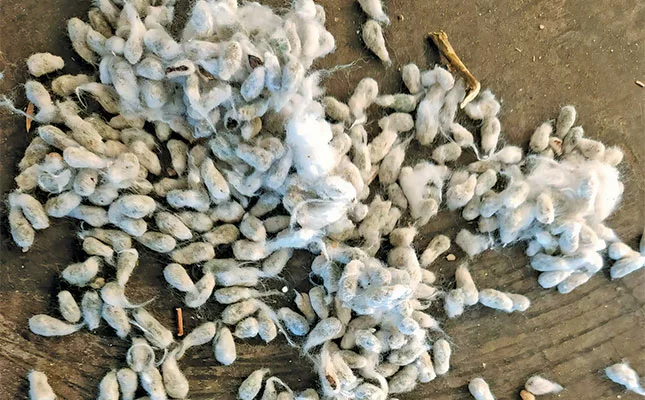
Cotton has a deep, fibrous root system that can access water and nutrients from lower soil layers, while also benefitting from the shallow roots of other crops, improving overall soil nutrient utilisation.
“The crop rotation programme worked out beautifully,” Maree says.
Rotating cotton with legumes like soya bean replenishes soil nitrogen, and cotton helps break cycles of pests, diseases and weeds, leading to healthier soil and increased yields for both cotton and the rotational crops.
Maree noticed improvement in soil structure and the enhanced nutrient uptake of his other crops after rotating it with cotton.
“By alternating with shallow-rooted crops, the whole soil profile is utilised more efficiently for nutrient absorption,” he says.
Studies have shown that crop rotation is effective for increasing crop yields compared to monoculture crop production, especially when cotton is in the mix.
Over the years, cotton has become a foundational crop on the Maree family farm.
Value chain
When Mattheus, Maree’s brother, joined the farm, the family decided to enter the cotton value chain. Once they had made this decision, Maree and his brother took a trip to the US to learn more about the ginning process. They then decided to buy a ginnery.
“We flew to America, bought the ginnery there, dissembled it, and when it arrived on our farm, we reassembled it. That is how we entered the value chain,” he comments.
Mattheus plays an instrumental role in the project by handling the marketing side of the operation. Currently, farmers do their ginning with the Maree family on contract.
“There are only two ginneries in the Northern Cape, and we serve the greater region of the province,” Maree says.
The purchase of the ginnery changed the landscape of the industry in the province.
“A ginnery is an expensive long-term investment. When we acquired it, we could offer farmers competitive and fair prices. This led to a closing of the gaps and the middlemen could not compete with us.
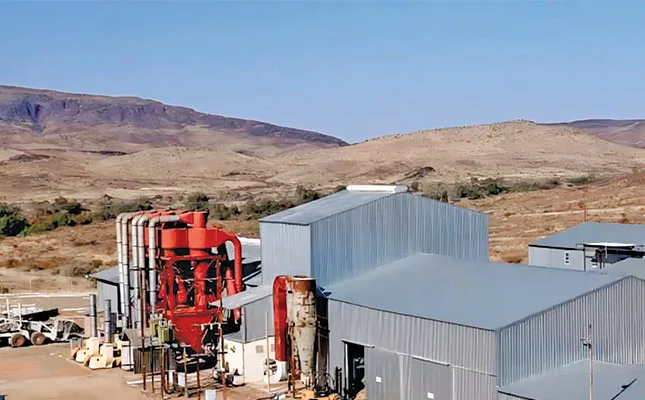
“They were eliminated, which gave cotton farmers more control over the markets. We can deliver the best possible services to the farmers, at the most affordable price, creating more economic sustainability in the industry.”
Lessons learnt
“Cotton is a sustainable crop to add to the mix,” he says. “It is still more profitable than maize and wheat, even after the market took a downturn.”
Fortunately, the Maree farm is optimally situated for cotton production.
“We depend on the harsh warm summers, especially during flowering and boll development,” says Maree.
He also believes that the market has hit rock bottom and that there is nowhere for it to go but up in the future. “There are already signs of recovery. I am hopeful to see an upturn soon.”
Even so, while Maree believes that cotton farming is rewarding, one major downside is the challenging work that needs to be done during the festive season.
“If you don’t mind working hard in December and January, cotton is your friend.
“The rest of the year is not as busy.”
It is important not to drop the ball, especially during those crucial months.
“If you make mistakes during the planting process, it will have a dire impact on your yields and the quality of cotton you harvest,” says Maree.
Managing the cotton planting process involves careful soil preparation for optimal seedbed conditions, planting certified seed into warm, moist soil, and providing adequate moisture and sunlight during growth.
“Crucial management practices include early and season-long weed control to prevent competition, applying appropriate fertilisers to support growth, and diligent pest and disease monitoring with integrated control strategies,” he adds.
“During the flowering and boll development stages, it is vital to maintain stable soil moisture and adequate nutrition to ensure boll retention and maturity. Finally, you need to keep an eye on plant height by applying growth regulators to promote boll development, otherwise you will need to deal with excessive foliage. Use defoliants to facilitate a timely and efficient harvest.”
Maree believes that if you are diligent in these steps, cotton farming becomes easier, but if you don’t manage it well, it will be detrimental and cost you dearly.
“Let’s say, for instance, you don’t manage the plant height efficiently. It will then be difficult for the picker to harvest the cotton and it will diminish your harvest,” he highlights.
Uses for cotton
Maree gets excited when talking about the various uses of cotton.
“Most people only think about clothes when we mention cotton, but there is so much more to it than one thinks.”
During the ginning process, cotton fibre (lint) is separated from the seed. From there, the raw seed cotton is cleaned of debris like leaves and stems, and then the fibres are mechanically separated from the seeds by saw-toothed ginning machines.
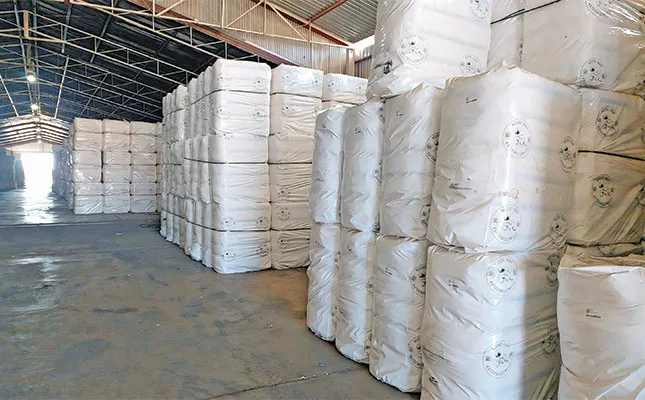
The resulting cotton fibres are eventually baled so that they can be sold to spinning mills.
The seeds will undergo further processing so that they can be utilised for animal feed, planting, or even skincare and food products.
“We get a lot of requests from farmers to use cotton seed as animal feed,” Maree explains.
The seed can be further processed to extract oil.
Cottonseed oil is mostly used when canning mussels.
Cotton oil is also used in cosmetics as it’s well known for its abundance of unsaturated fats and vitamin E. It is used in both food and skincare due to its versatile properties.
Maree is enthusiastic about cotton because he appreciates its qualities as a versatile, durable and comfortable natural fibre.
He says cotton is sustainable and biodegradable, and plays a major role in global economies and diverse industries.
For more information email Johan Maree at [email protected].

